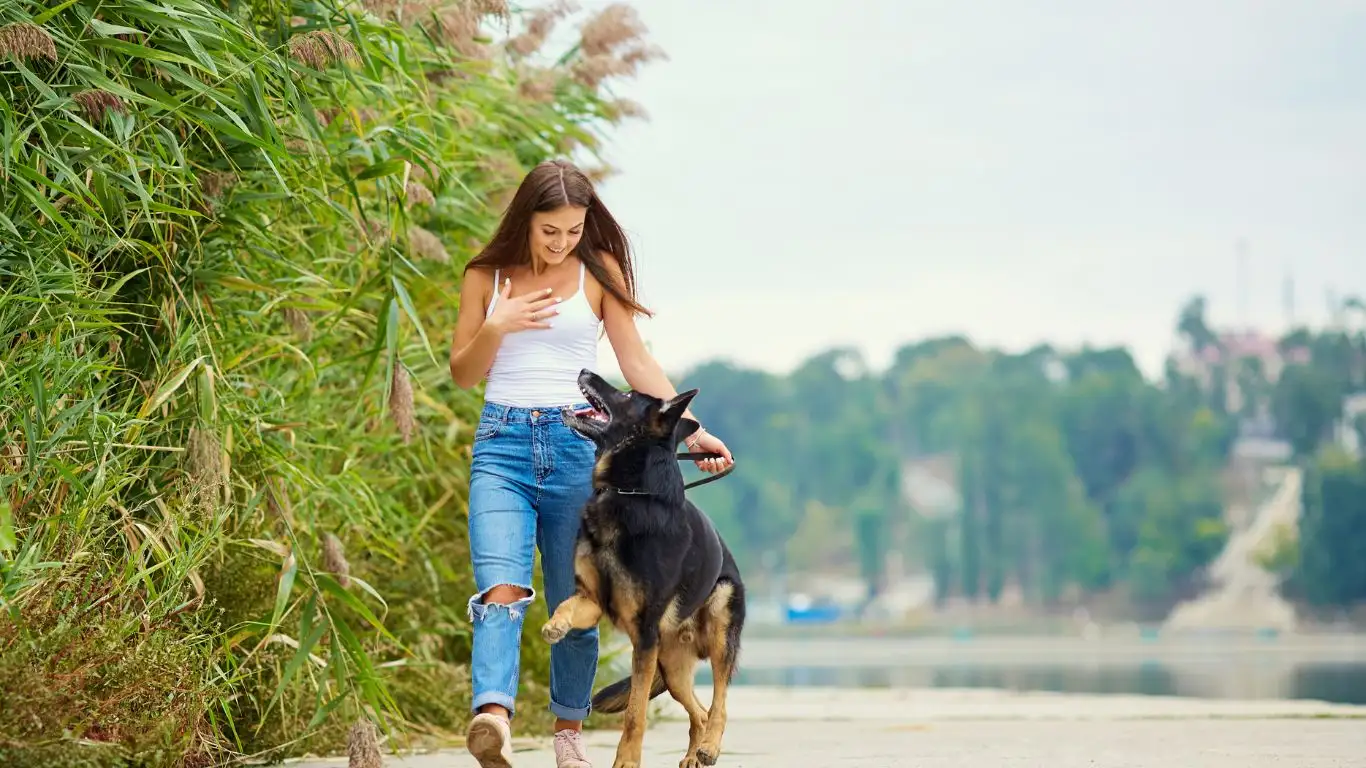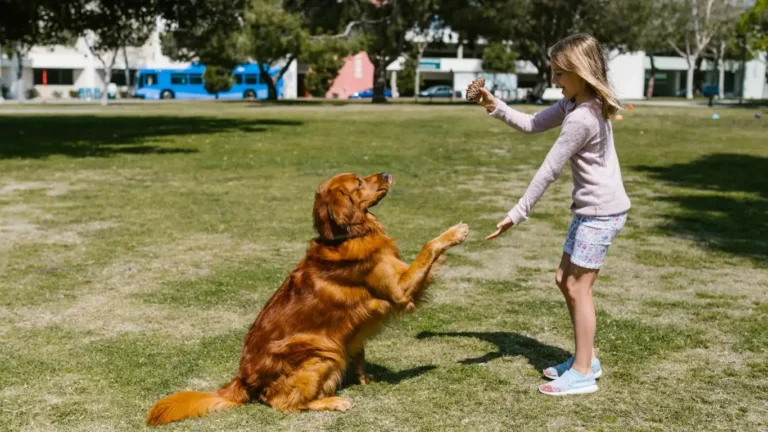Can Dogs Eat Kale Chips? The Truth Behind This Crunchy Snack
Can dogs eat kale chips? Oh, the number of times I’ve been asked this during therapy sessions, meetups, and even while casually walking one of my therapy dogs through the park. As someone who’s worked in the canine-assisted therapy field for years, I totally get why this question comes up so much. With the rise of trendy, health-conscious snacks for humans—kale chips being one of the front runners—it’s natural for dog parents to wonder if they can share a few bites with their four-legged companions. After all, if it’s good for us, shouldn’t it be good for them too? Well, it’s not that black and white. Let’s dive in.
Understanding the Kale Craze: Why It Matters for Dog Owners

Kale chips might be sitting pretty on every health food aisle, but they come with a few red flags when we’re talking dog nutrition. While kale itself can be beneficial in moderation, kale *chips*? That’s where things get tricky.
Back when I started training therapy dogs, we had this lovely Golden Retriever named Marley. His handler used to bring in homemade kale chips for herself, and one day she offered Marley a piece. Within a few hours, Marley had a bit of an upset tummy—not serious, but enough to cause concern. That moment was a wake-up call for me to start digging deeper into what goes into these “healthy” snacks and how they affect dogs differently than humans.
What’s Actually in Kale Chips?
If you’re buying them off the shelf, most kale chips aren’t just dried kale leaves. They often include:
- Oils (like canola, sunflower, or olive oil)
- Seasonings (garlic powder, onion salt, nutritional yeast)
- Preservatives or flavor enhancers
- Salt—and lots of it
Now here’s the kicker—some of those ingredients can be harmful or even toxic to dogs. Garlic and onion, for example, are both major no-gos in canine nutrition, even in powdered form. And while olive oil isn’t necessarily harmful in tiny amounts, the fat content and processing can upset a dog’s digestion pretty quickly.
Is Kale Itself Safe for Dogs?
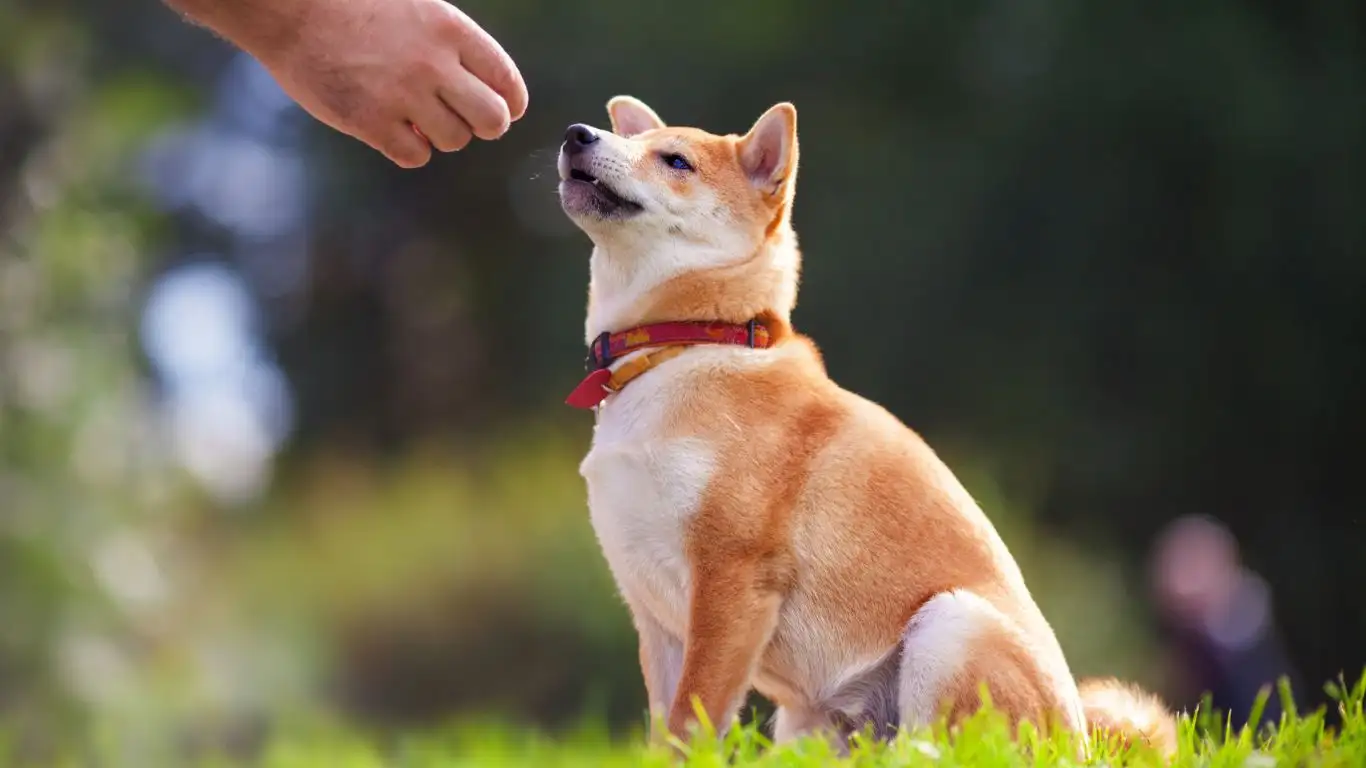
Let’s zoom in a bit. Kale, on its own and in moderation, can actually be a nutritious snack for dogs. It’s packed with:
- Vitamins A, C, and K
- Iron and calcium
- Antioxidants and fiber
But again, the keyword is moderation. Dogs don’t process leafy greens the same way we do. Too much kale can lead to gas, bloating, and in some cases, it might irritate the kidneys due to naturally occurring compounds like calcium oxalate and isothiocyanates. I’ve seen a couple of dogs experience minor urinary issues that were traced back to high-oxalate veggies like kale. These were rare cases, but worth noting.
Home-Baked vs Store-Bought: Does It Make a Difference?
Absolutely. When I make treats at home for our therapy dogs, I’m super intentional about what goes in. If you’re thinking about giving kale chips to your dog, homemade is the safest route. You can skip the oil, ditch the salt, and forget the seasonings.
Here’s how I usually do it:
- Take a few clean kale leaves, remove the stems
- Lightly bake them at a low temperature until crispy
- Skip the seasoning altogether
Even then, I only give one or two small pieces as an occasional treat. Just like with any new food, always watch your dog’s reaction the first time you try something new. No one wants an emergency vet visit over something as avoidable as a kale chip.
Can Dogs Eat Kale Chips with Seasoning?
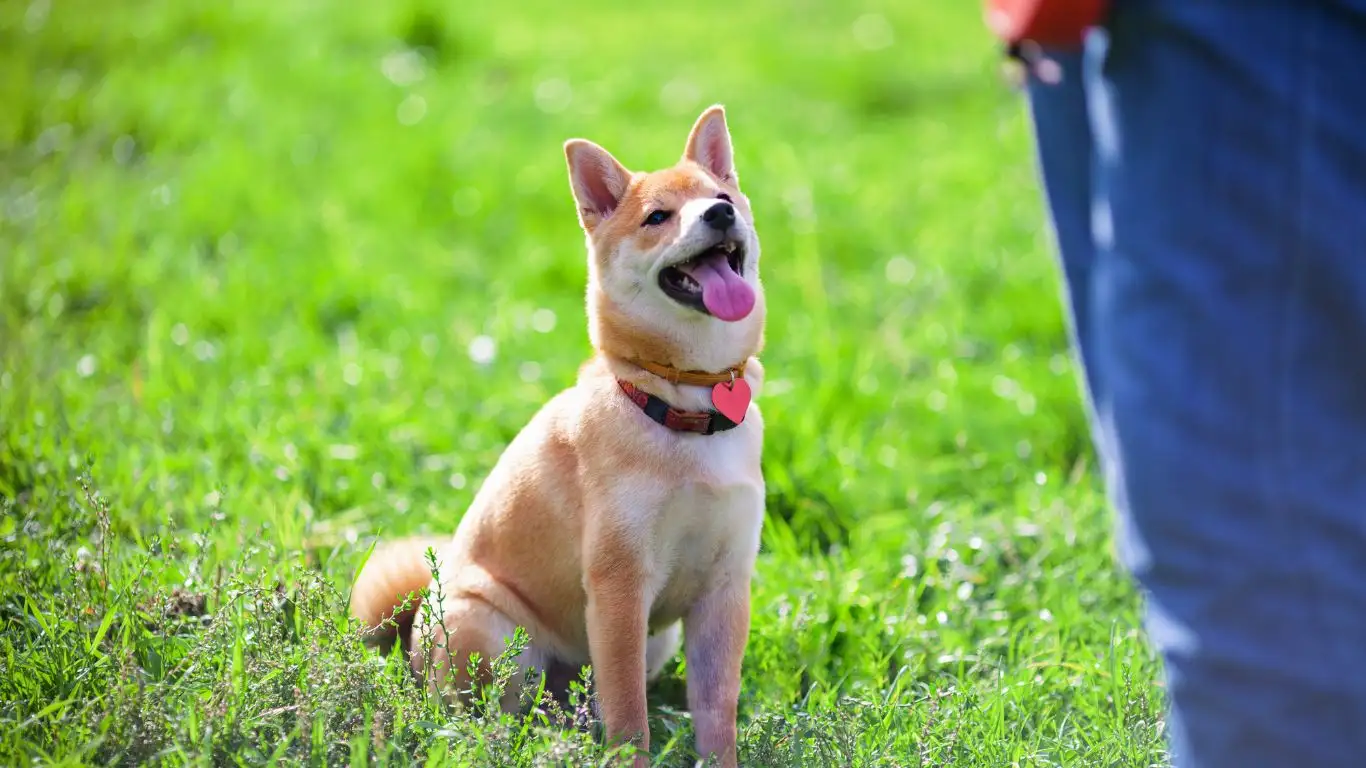
This is probably the most important part to get across: seasonings are the real issue when it comes to kale chips and dogs. Garlic and onion are toxic. Salt can be dangerous in higher amounts. Even something like spicy seasoning or vinegar-based dressings can wreak havoc on a dog’s stomach.
One of the therapy beagles I trained—her name was Rosie—accidentally got into a bag of BBQ-flavored kale chips. Not only did she get sick, but she was restless and dehydrated for hours. We were lucky it wasn’t worse, but it taught her handler a valuable lesson: just because something is labeled “organic” or “natural” doesn’t mean it’s safe for dogs.
If you’re ever unsure, always consult with your vet. And remember, when in doubt, leave it out.
How Much Kale Is Safe for Dogs?

Okay, so we’ve covered the risks, but let’s talk portions. I always say this to the therapy dog owners I work with: just because a food is *technically* safe doesn’t mean it belongs in your pup’s regular rotation. Kale is one of those “a little goes a long way” kind of foods. Think of it as a sprinkle—not a salad.
Here’s a basic rule of thumb I use with my own dogs and therapy pups:
- For small dogs: No more than one or two small, plain pieces per week
- Medium dogs: Three or four bite-sized pieces per week
- Large dogs: Maybe a handful, but spaced out
I’ve had handlers ask, “Can I just throw a few kale chips into their kibble bowl?” My answer: *only* if you made those chips yourself, with zero oil, salt, or seasoning. Otherwise, skip it. It’s not worth the upset tummy—or worse.
Can Dogs Eat Kale Chips as Training Treats?

This one gets brought up a lot in my classes. People love the idea of using crunchy treats during training—something quick, satisfying, and a little different than store-bought biscuits. But when someone asks, “Can dogs eat kale chips for training?” I usually recommend looking at other options first.
Here’s the thing: dogs learn best with high-value rewards. That’s not to say they won’t take a kale chip now and then, but if you’re trying to teach a puppy to sit, stay, or focus in a chaotic environment (like we do in therapy prep), you’ll want something a little more irresistible. Think freeze-dried liver, chicken bits, or even small pieces of cheese (if they tolerate dairy well).
That said, I’ve had success using plain, homemade kale chips for older therapy dogs who are already well-trained and just need gentle reinforcement. One of my senior therapy Labs, Max, loved the crunch of kale chips. But we only used them occasionally and always during calmer activities, like reading time with kids or low-energy hospital visits.
Tips for Using Kale Chips Safely
If you’re set on using kale chips with your dog, here’s how to do it right:
- Stick to homemade – This gives you full control over what goes in.
- Use organic kale – This helps avoid pesticides and unnecessary chemicals.
- Go easy on the baking – Don’t char or overly crisp the leaves; it can become hard to digest.
- Skip any oil or seasoning – Even a dash of garlic powder can be toxic.
- Watch for reactions – Every dog is different. Look out for digestive issues, itching, or restlessness.
Honestly, kale chips should never be your go-to treat. They’re more of a novelty item, best used in rare cases and always with an eye on your dog’s behavior afterward.
Can Dogs Eat Kale Chips with Nutritional Yeast?

Now, this one surprised me the first time I looked into it. Nutritional yeast is super popular in vegan and health-conscious cooking—it gives kale chips that “cheesy” flavor. But here’s the thing: while nutritional yeast *isn’t* toxic to dogs, that doesn’t mean it’s a free-for-all.
From what I’ve learned over the years (and backed up by our consulting vet for therapy work), nutritional yeast in small doses is usually okay. In fact, it can even offer some B vitamins. But the amount you’d typically find coating store-bought kale chips? That’s probably overkill. Plus, it’s often combined with other additives, and that’s where you run into trouble.
I had a sweet Collie named Luna in my training group. Her handler tried to get fancy and made homemade kale chips with nutritional yeast. Luna loved them—at first. But by day three, she was showing signs of mild itching and digestive distress. We traced it back to those “cheesy” chips. Lesson learned: just because your dog *likes* something doesn’t mean their body agrees with it.
When to Call the Vet
Let’s not panic over a single chip, but if your dog accidentally gets into a bag of seasoned kale chips—or starts showing symptoms after eating even a few—play it safe. Call your vet. Symptoms to watch out for include:
- Vomiting or diarrhea
- Lethargy or restlessness
- Drooling, bloating, or signs of abdominal pain
- Changes in urination or appetite
Any time I’ve had a therapy dog show symptoms post-snack, we’ve erred on the side of caution. That’s the responsibility that comes with being part of a canine therapy team: putting their health above all else, even when it means skipping a trendy snack.
Healthy Alternatives to Kale Chips for Dogs
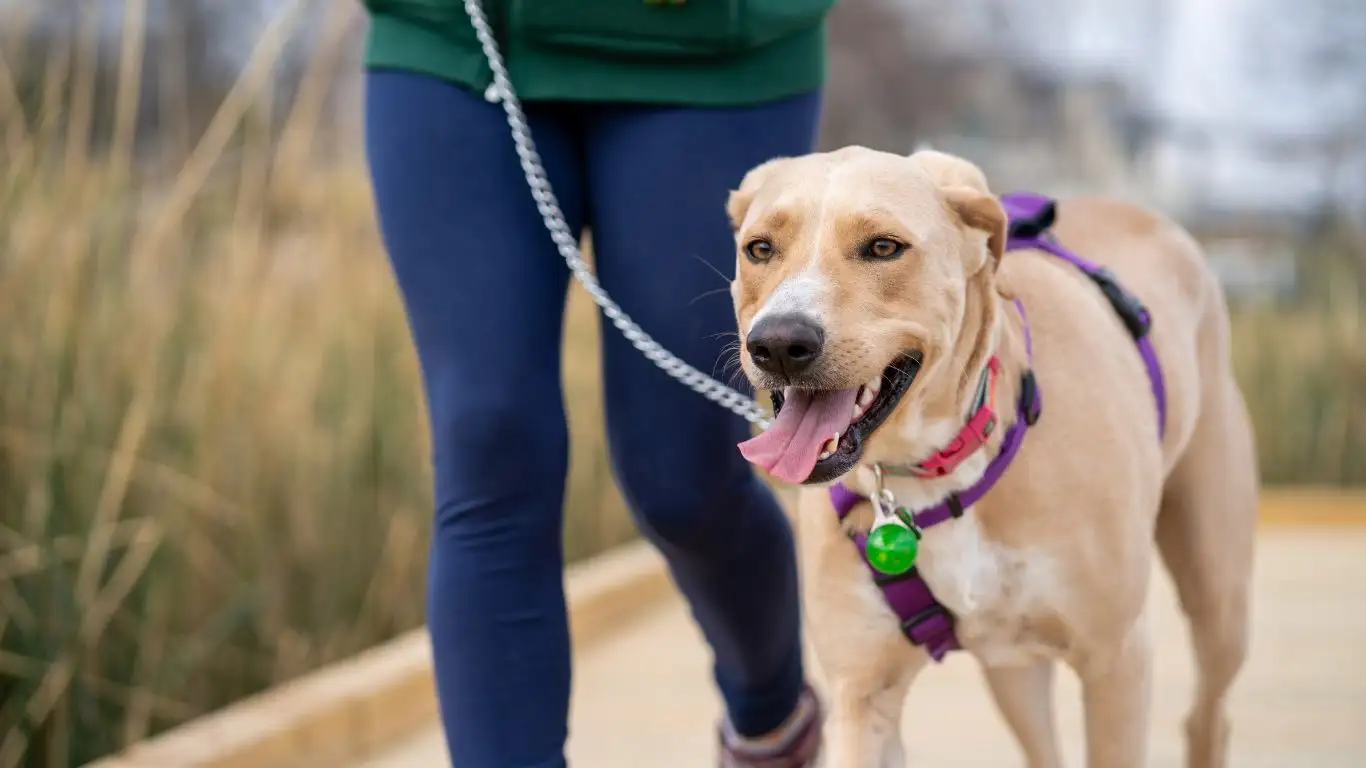
So, if kale chips are mostly off the table (or at least reserved for rare, homemade exceptions), what can you offer instead that’s crunchy, satisfying, and pup-approved? Over the years, working closely with therapy dogs and their handlers, I’ve tested a lot of healthy snack swaps. And let me tell you—there are plenty of options out there that keep tails wagging without the digestive drama.
Some of My Go-To Alternatives
- Dehydrated sweet potato slices: These are easy on the stomach and packed with fiber and vitamins.
- Freeze-dried green beans: Crunchy, low-calorie, and dogs love the snap!
- Air-dried apple slices (no seeds): Naturally sweet and super safe in moderation.
- Carrot sticks: Classic for a reason. Great for chewing and full of beta-carotene.
I use these often during our therapy prep sessions, especially when working on behavior reinforcement. In fact, one of our golden retrievers, Bailey, would do *literally anything* for a slice of freeze-dried green bean. And the best part? No tummy issues, no mystery ingredients, just simple, clean treats.
What Veterinarians Say About Kale and Dogs
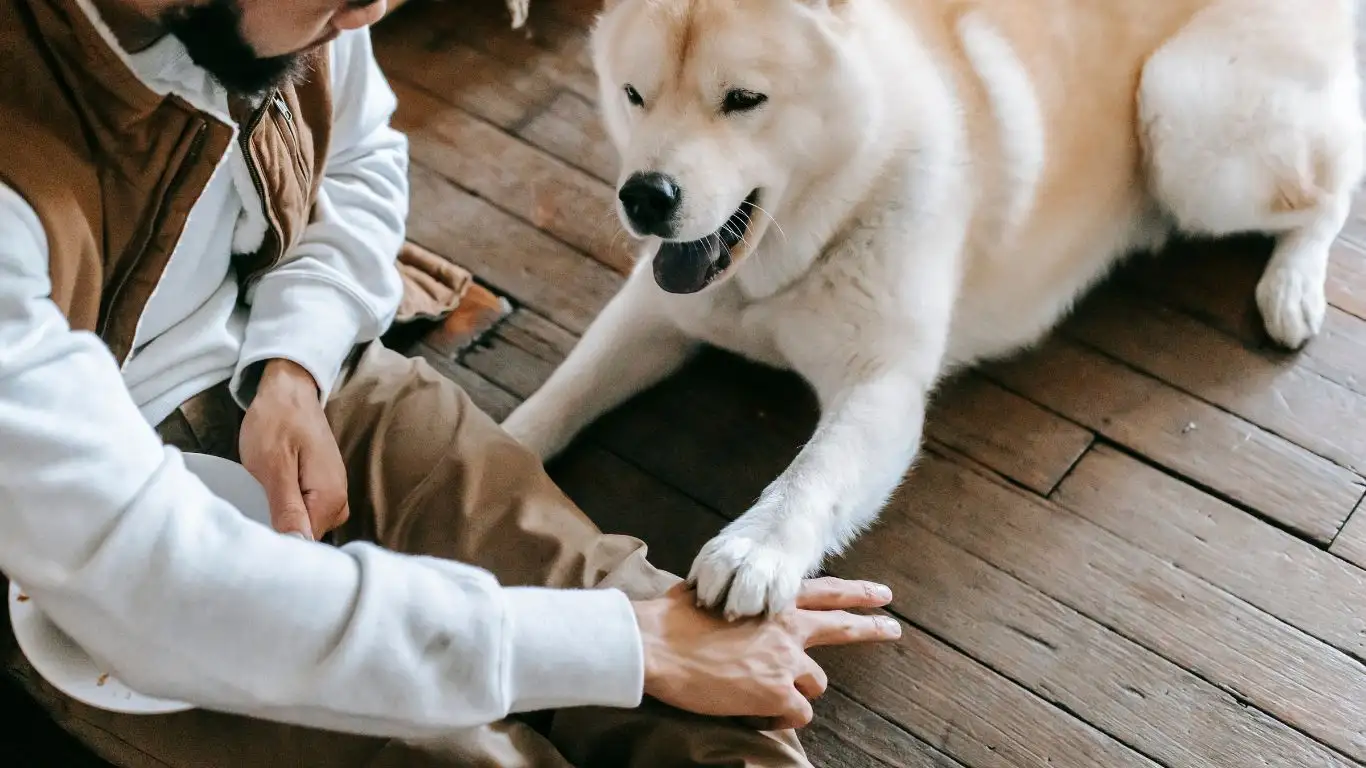
I’ve always believed in partnering closely with professionals when working with therapy animals, and that includes regular chats with our veterinary partners. When it comes to the question, “Can dogs eat kale chips?” the answer is generally the same across the board: plain kale in moderation is fine; seasoned or processed kale chips are risky.
According to trusted sources like the PetMD and the American Kennel Club, kale can be part of a balanced canine diet—but only when unseasoned and fed in very small amounts. Too much kale may contribute to kidney and bladder stones in certain breeds due to its oxalate content.
Our vet partner, Dr. L., often reminds dog owners that leafy greens should never take the place of a well-balanced diet. “They’re supplements, not staples,” she says. And that’s really the key takeaway here—if you’re going to include kale, or any other human food, do it in a way that complements your dog’s nutrition rather than complicates it.
Understanding the Risks: Is It Worth It?
Let’s be real—when it comes to dog treats, we’ve got *so many* safe, nutritious options. So the question becomes, why take the risk on kale chips, especially the store-bought kind? A lot of owners are drawn to the idea of sharing their snacks out of love (which I totally understand), but there are better ways to show that love.
Here’s what I always ask handlers when they’re unsure: “Is this treat about your dog—or about you wanting to include them in your habits?” That usually helps reframe things.
Plus, if your dog ends up loving kale, you can always just lightly steam or chop a small amount and mix it into their food. That way, they still get the benefits without the added risk. It’s all about balance and intention.
Takeaways From a Trainer’s Perspective
As someone who’s been in the canine-assisted therapy space for a long time, my job isn’t just training dogs—it’s helping people understand how to care for them better. And I’ve seen firsthand how something as small as a snack choice can impact a dog’s mood, behavior, and overall health.
Yes, dogs can eat kale chips—but only if they’re plain, homemade, and given sparingly. More often than not, though, I’d recommend skipping them entirely in favor of more dog-friendly options.
When I train therapy dogs, every single thing we feed them is intentional. From the protein in their meals to the tiniest training treat, it all plays into their ability to do their job well—and feel good doing it. That’s why I always urge fellow dog parents to be just as mindful, even with something as seemingly harmless as a kale chip.
Final Thoughts and Resources
Hopefully, by now, you’ve got a clearer picture of what’s safe, what’s questionable, and how to make smart snack choices for your pup. Whether you’ve got a high-energy Border Collie in agility training or a mellow therapy Lab who hangs out in classrooms with kids, their diet matters.
For further reading and science-backed info, check out these trusted resources:
Disclaimer
This article is based on personal experience as a Canine-Assisted Therapy Trainer and supported by publicly available veterinary information. It is not intended to replace professional veterinary advice. Always consult your veterinarian before introducing new foods into your dog’s diet.
